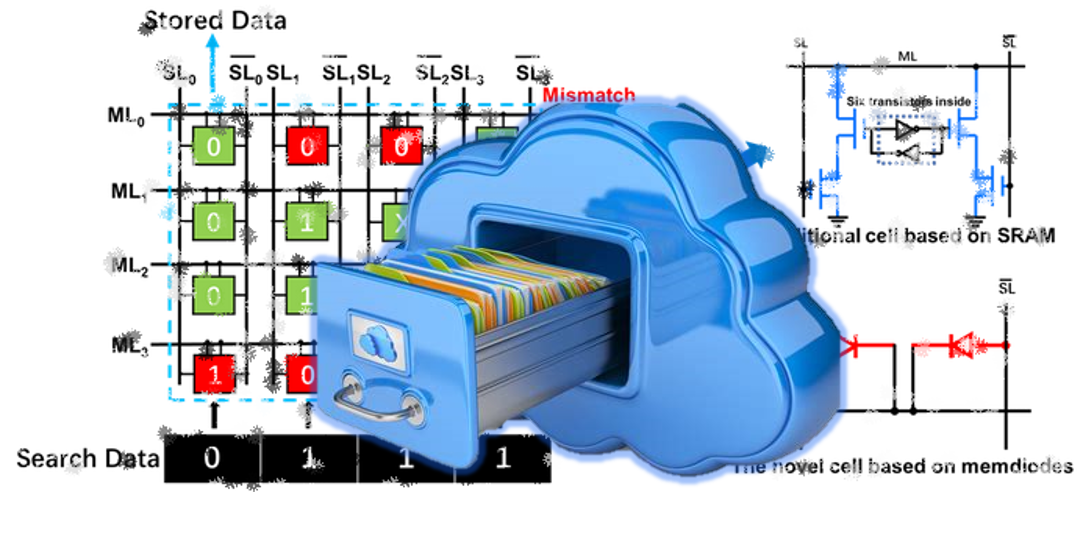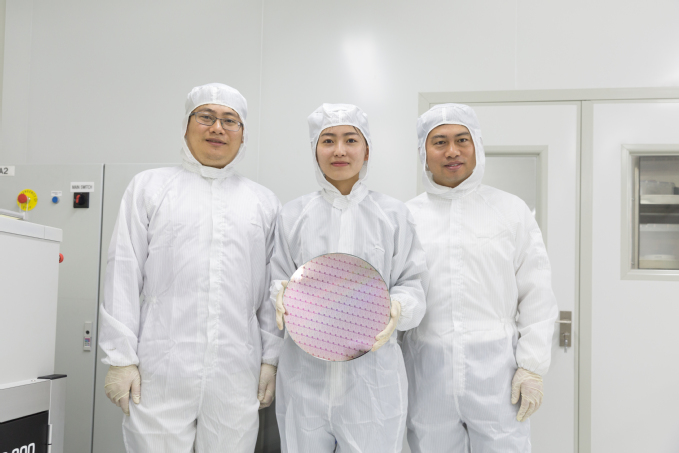A new kind of TCAM unveiled at ZJU

Recently, the research team, led by Prof. ZHAO Yi from the College of Information Science and Electronic Engineering, Zhejiang University, has developed a new kind of low-cost and low-power memory. It will improve the speed of data exchange to a considerable extent and reduce the cost of producing network chips, thereby laying a foundation for the Internet of Things (IoT) in theory. Moreover, data will be tagged, leaving the future IoT society with a vivid imagination.
In computing, memory refers to the computer hardware integrated circuits that store information for immediate use in a computer. Content-addressable memory (CAM) is a special type of computer memory used in certain very-high-speed searching applications. It compares input search data (tag) against a table of stored data, and returns the address of matching data.
CAM offers exciting prospects for applications. Currently, it is primarily applied to data flow control in network nodes. With the increasingly sophisticated technology, the increasingly complex network and the increasingly large data volume in the future, traditional CAM cannot meet the demands and has become a real bottleneck in curbing the network speed and reducing power consumption. The industry has proposed the Ternary Content Addressable Memory (TCAM) to reduce search power consumption and improve the search speed dramatically.
However, the current TCAM structure, based on SRAM, DRAM and other basic storage units, is very complex. What’s more, it remains problematic in terms of power consumption and integration density. In addition, with the rise of IoT applications, the demand for low static power consumption CAMs is also increasing, which cannot be achieved with traditional SRAM and DRAM architectures.
In response to these problems, ZHAO Yi et al. pioneer in producing a non-volatile TCAM composed of memory diode arrays. Unlike the current version of CAM, this new version incorporates germanium technology in integrated circuits, thus being compatible with standard CMOS technology. The circuit structure is simple, and the size of the chip is greatly reduced.

Also, this TCAM makes a major breakthrough in power consumption due to its non-volatility and nonlinearity.
Relevant findings will be presented at the 2018 Symposia on VLSI Technology and Circuits, which is a top-notch international conference on semiconductor technology and circuits that offers an opportunity to interact and synergize on topics spanning the range from process technology to systems-on-chip.